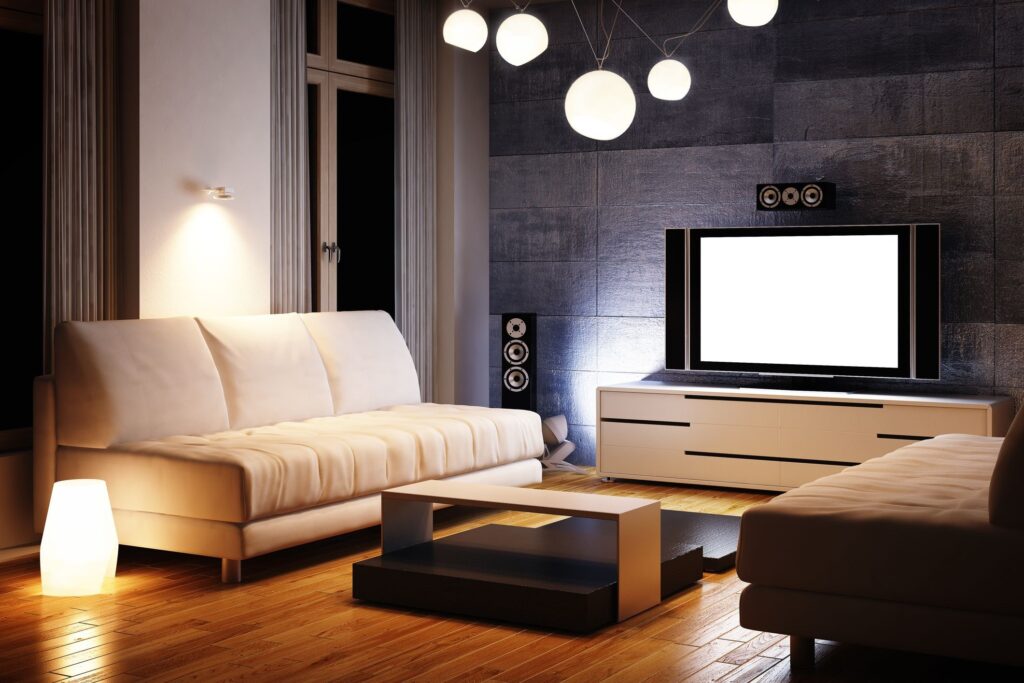One important aspect of home design is the selection of lighting. It’s important to choose the right type of lighting for your home to create the right mood and atmosphere. Different rooms will require unique lighting. There are many different types of lighting to choose from, so it’s important to know what each type of lighting can do for your home.
When it comes to choosing wall lighting, there are a few things you need to take into account. First, you need to decide what the purpose of the lighting will be. Are you looking for task lighting, accent lighting, or something else? Once you know what you need the lighting for, you can start to narrow down your options. Keep reading to learn how to choose wall lighting that will suit your needs.
Consider all of your options.
Wall lights come in many shapes and sizes and can be used for a variety of purposes. The most common type of wall light is the sconce, which is mounted on the wall with an arm that extends out to hold the light. Sconces are often used to provide task lighting for reading or working, but they can also be used as decorative elements in a room. Other types of wall lights include recessed cans, which are installed into the ceiling or walls and emit light downwards; track lights, which attach to a track that runs along the ceiling or wall and can be pointed in any direction; and wall washers, which flood a section of wall with light.
Try to balance brightness with function.
When choosing wall lighting, it’s important to consider all of your options, as well as the purpose of the light. If you need task lighting, then you’ll want something that provides direct illumination. If you’re looking for ambient light or decoration, then something that emits more diffuse light would be better. You should also take into account the size and shape of the space you want to light up and choose a fixture that will fit comfortably into that space. The brightness of the light, the size of the room, and where the light will be used are all important considerations.
In general, you want to use bright light in small spaces and dimmer light in larger spaces. This is because brighter lights can overwhelm smaller spaces, while softer lights can feel too weak in larger rooms. Additionally, it’s important to place functional lights where they will be most useful. For example, if you need a lot of light for reading or tasks near a desk, place a lamp there instead of relying on overhead lighting.
Consider the mood you want to create.
Most rooms in your home evoke some kind of feeling or emotion. The lighting in the room can help you create the right mood. When creating a mood in a room, brightness is one of the most important factors to consider. Bright light can be cheerful and inviting, while a softer light can be calming and relaxing. Consider the mood you want to create and choose a light that will help to achieve that mood.
For example, if you’re trying to create a relaxing atmosphere, you might want to use a softer light. This will help to create a cozy and relaxed mood. If you’re trying to create a more energetic atmosphere, you might want to use a brighter light. This will help to create a more upbeat and energetic mood. No matter what mood you’re trying to create, it’s important to select the right light. By using the right light, you can help to set the perfect mood for your room.
Overall, wall lighting is an important aspect of a room and should be chosen carefully. Wall lighting can add ambiance and mood to a room, as well as provide function and light. There are many factors to consider when choosing wall lighting, such as the size of the room, the style of the room, and the type of lighting needed.

